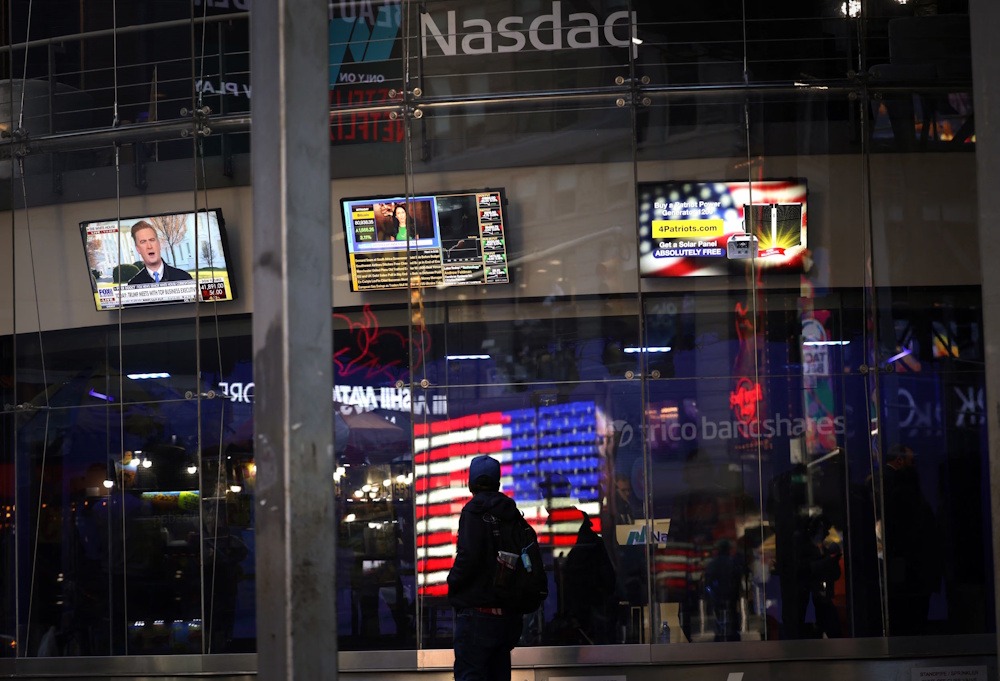
The Nasdaq Composite, characterized by its technology focus, increased by 107.09 points, representing a 0.5% rise, concluding at 22,591.15. The S&P 500 increased by 17.51 points, representing a 0.3% rise, concluding the session at 6,661.21. Ten of the 11 broad sectors of the benchmark index finished the day with gains. The Technology Select Sector SPDR advanced by 0.5%, as did the Financials Select Sector SPDR, while the Consumer Discretionary Select Sector SPDR increased by 0.4%. In contrast, the Energy Select Sector SPDR experienced a decline of 1.8%.
The CBOE Volatility Index, often referred to as the fear gauge, experienced a rise of 5.4%, reaching a level of 16.12. On Monday, trading volume reached 17.91 billion shares, which is below the 20-session average of 18.25 billion shares. On the NYSE, advancers surpassed decliners with a ratio of 1.38-to-1, while on the Nasdaq, the ratio stood at 1.19-to-1. Market sentiment remained resilient in the face of the looming possibility of a U.S. government shutdown later this week. Historically, political standoffs have unsettled investor confidence; however, traders seem to be prioritizing growth prospects within the technology sector. The Nasdaq exhibited superior performance as demand escalated for mega-cap technology stocks, a category that has frequently supported the market amid times of volatility. The S&P 500 recorded gains, whereas the Dow Jones Industrial Average ended the day with modest increases, indicative of a more cautious approach among industrial and value-oriented sectors.
The session’s rally highlighted the robustness of market sentiment, as investors appeared to favor optimism rather than caution at the onset of the final quarter. Nevertheless, ambiguity surrounding fiscal negotiations and monetary policy persists, positioning Wall Street for increased volatility in the forthcoming days. Beth Hammack and Alberto Musalem, two Federal Reserve officials who took a hawkish position on Monday, underscored that interest rates might need to remain elevated for an extended period to manage inflation effectively. In light of the cautious signals, equity markets demonstrated resilience, with investors maintaining their expectations for at least one additional rate cut in 2025. Market participants are presently assigning an 89% probability to a 25-basis-point reduction in rates at the forthcoming Federal Reserve meeting.
Cannabis stocks experienced notable increases on Monday, primarily due to an unexpected public endorsement of cannabidiol by President Donald Trump. He released a video lasting almost three minutes that highlights the potential advantages of CBD for the elderly, while advocating for Medicare to include coverage for hemp-derived therapies. This indicates a potential change in federal cannabis policy, which may involve the reclassification of marijuana from Schedule I to a less restrictive category and the alleviation of tax constraints under Section 280E. Pending Home Sales experienced a 4% increase in August, following a decline in July. The July figure was adjusted to reflect a decrease of 0.3%, a revision from the earlier reported decline of 0.4%.
